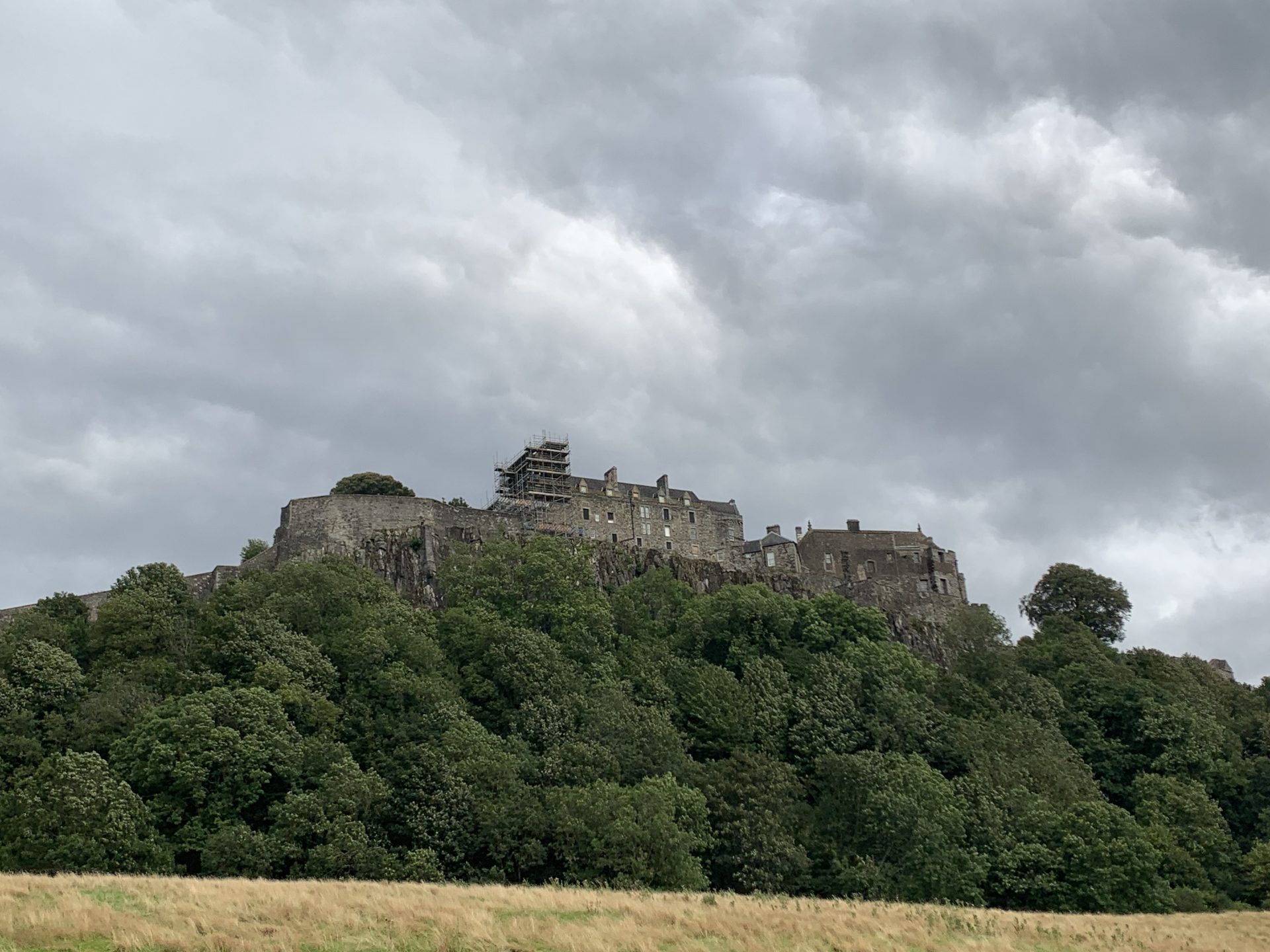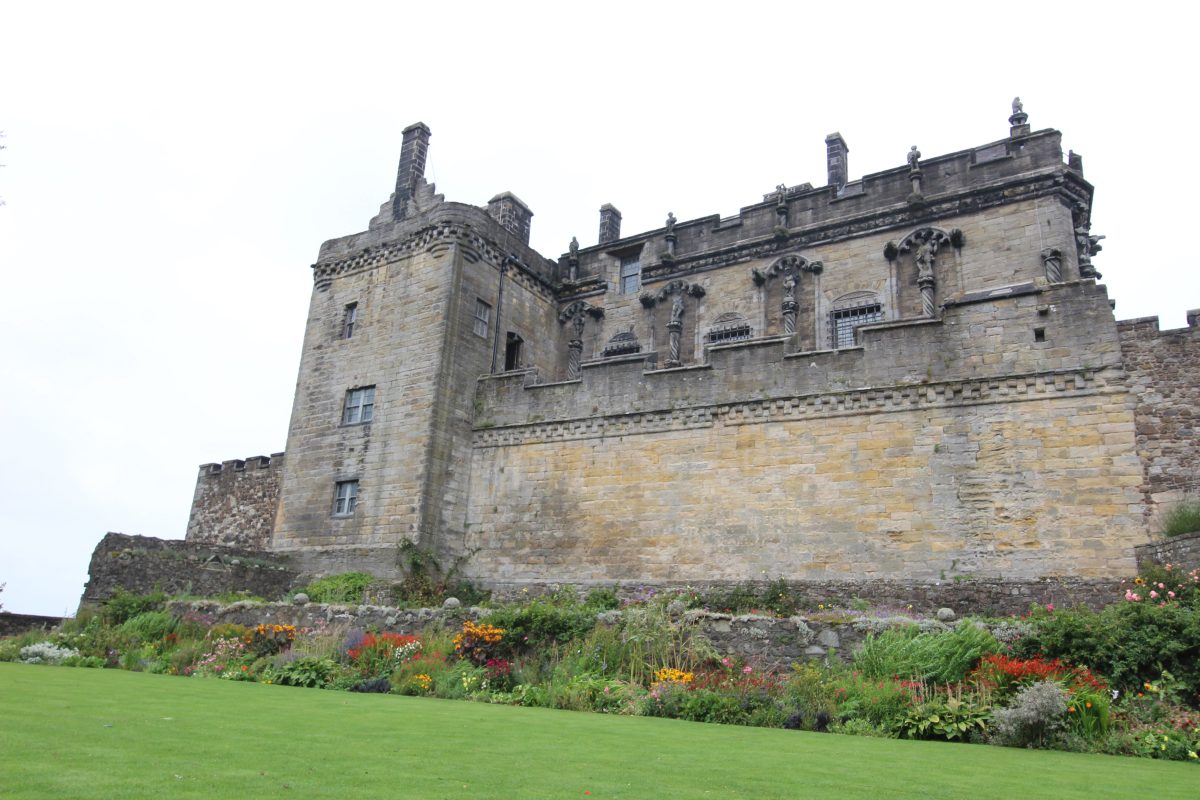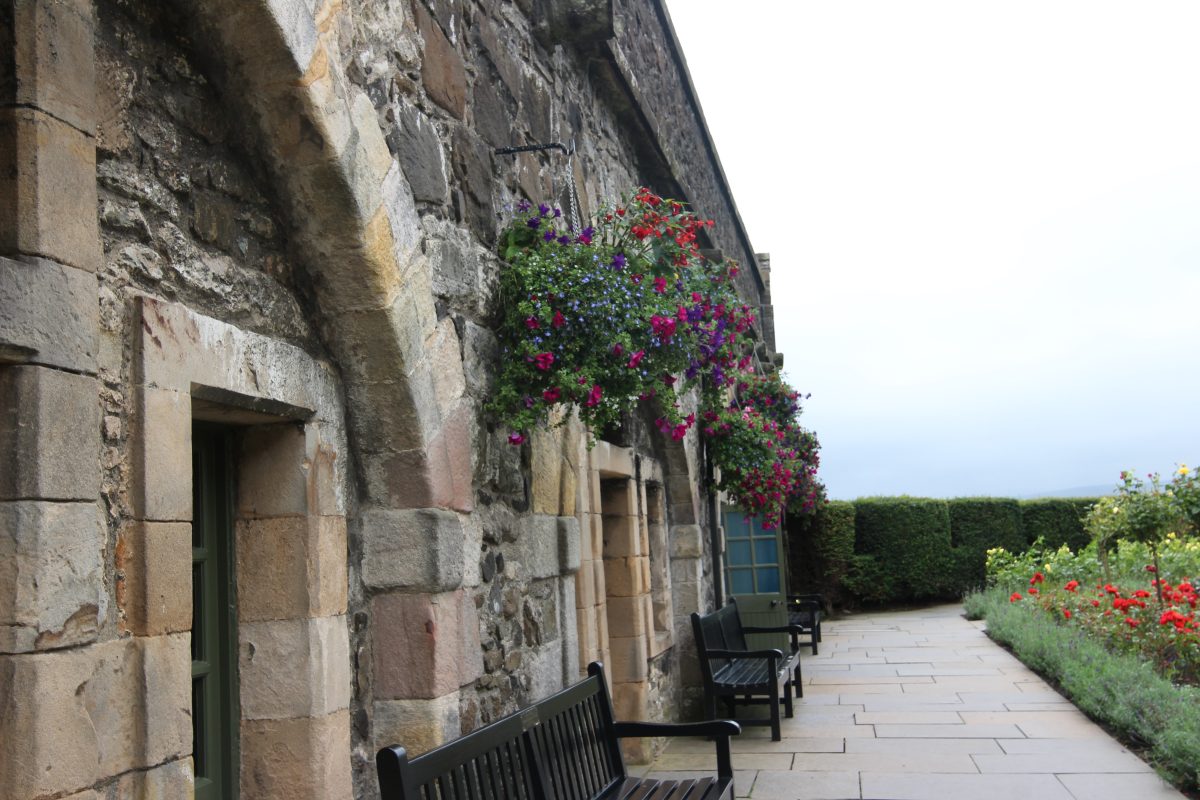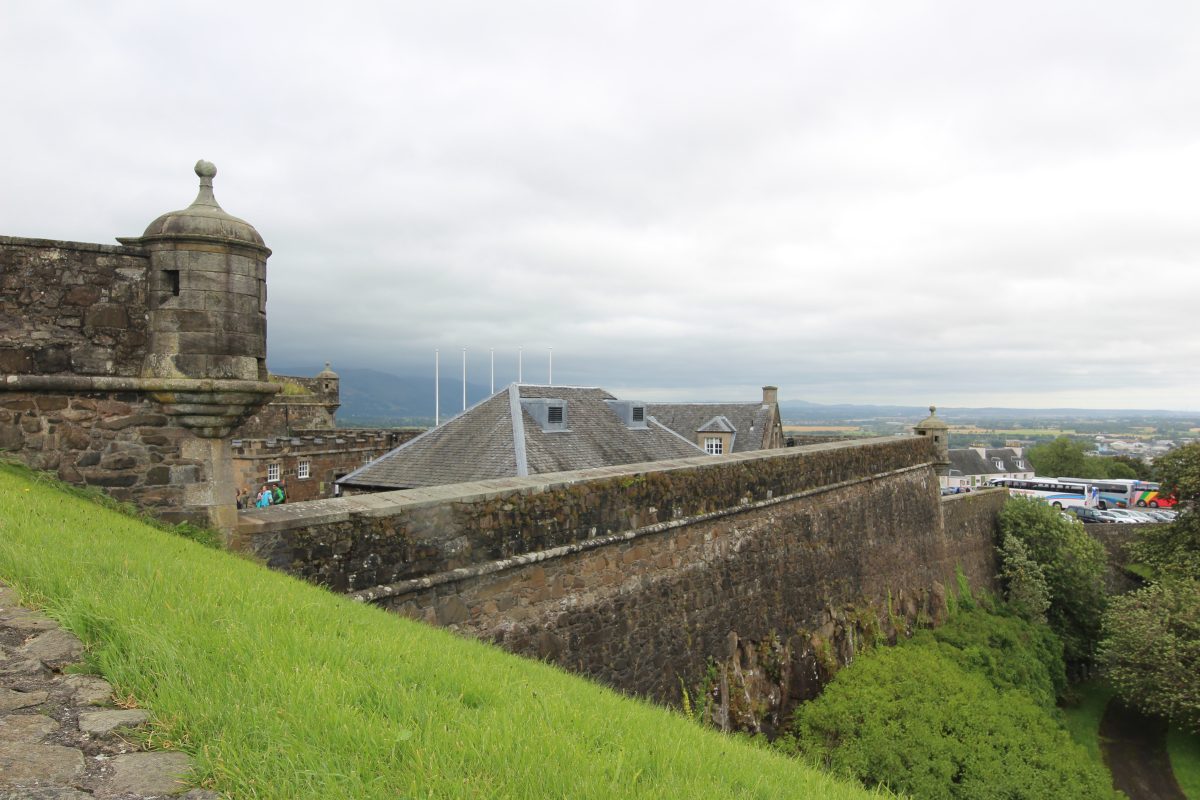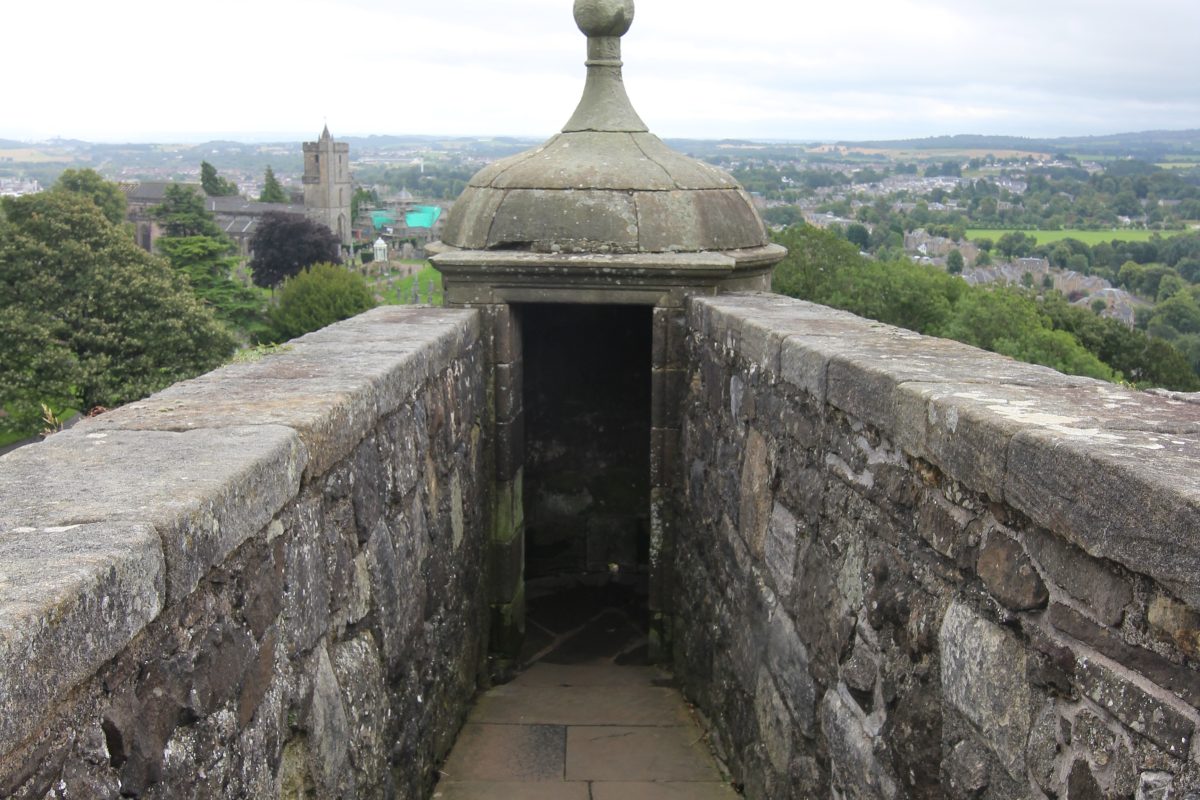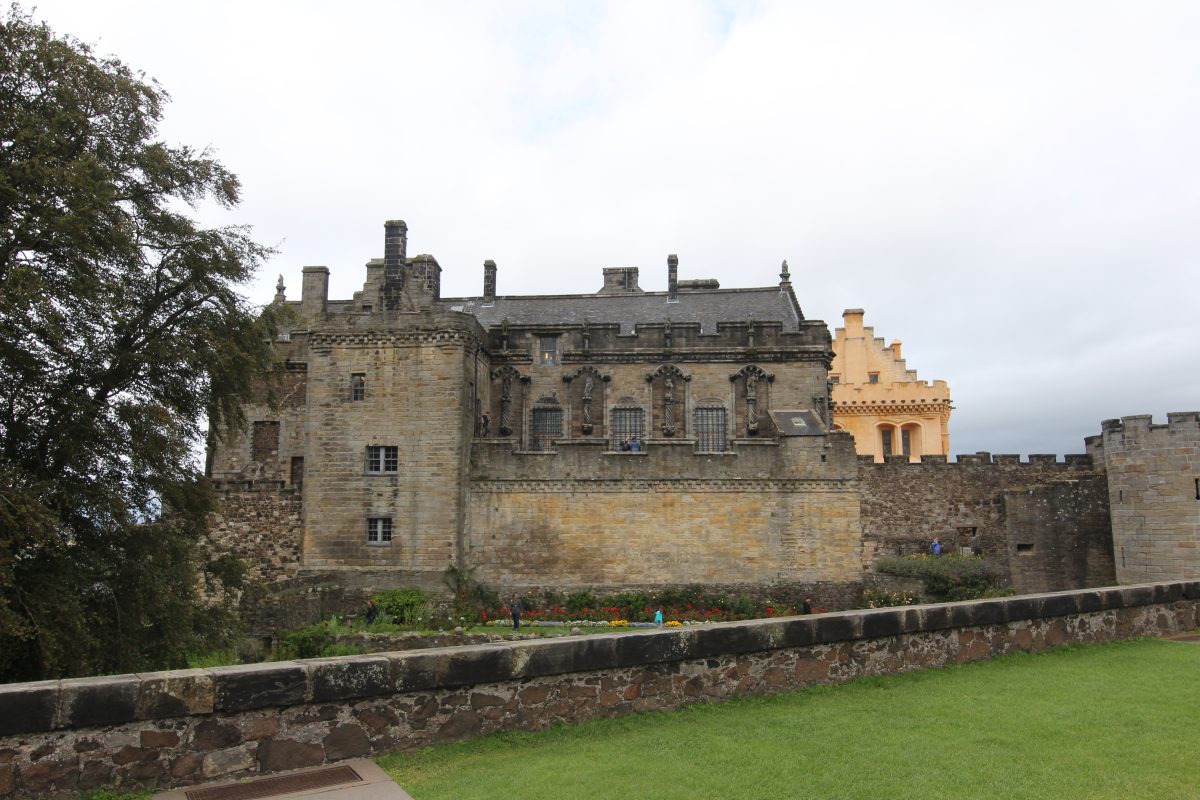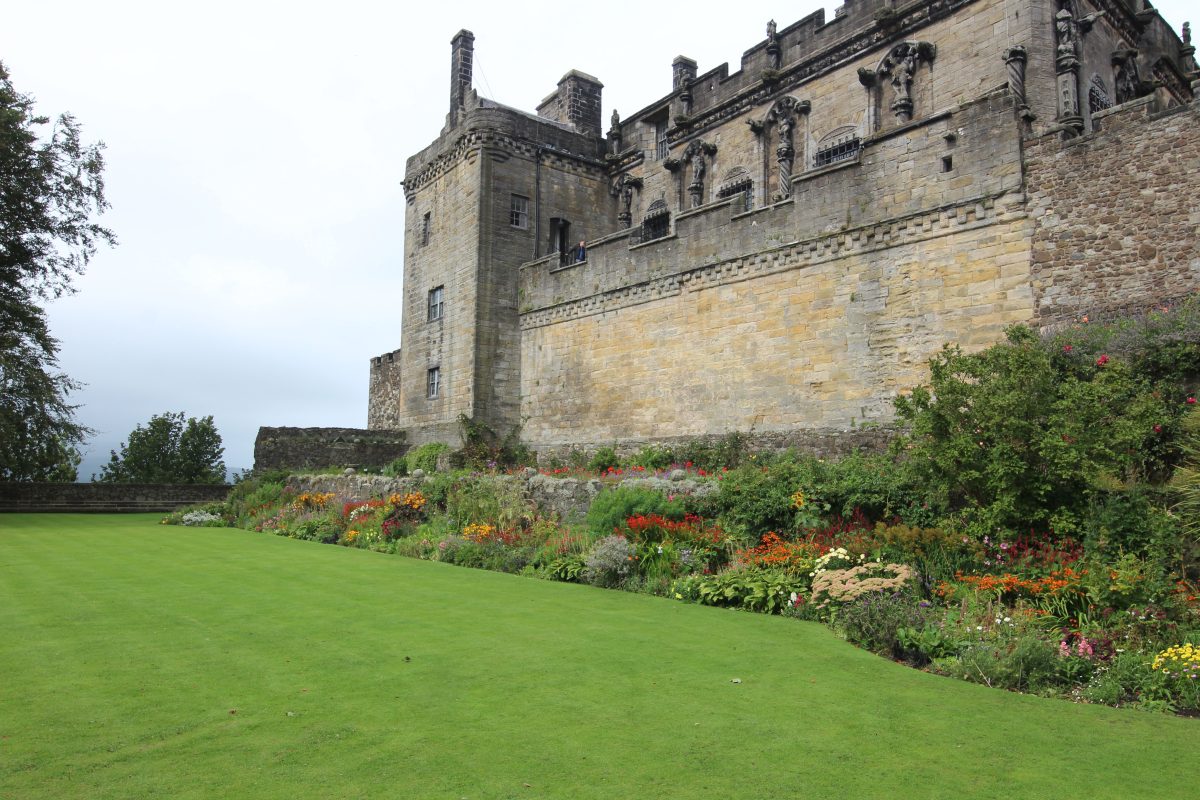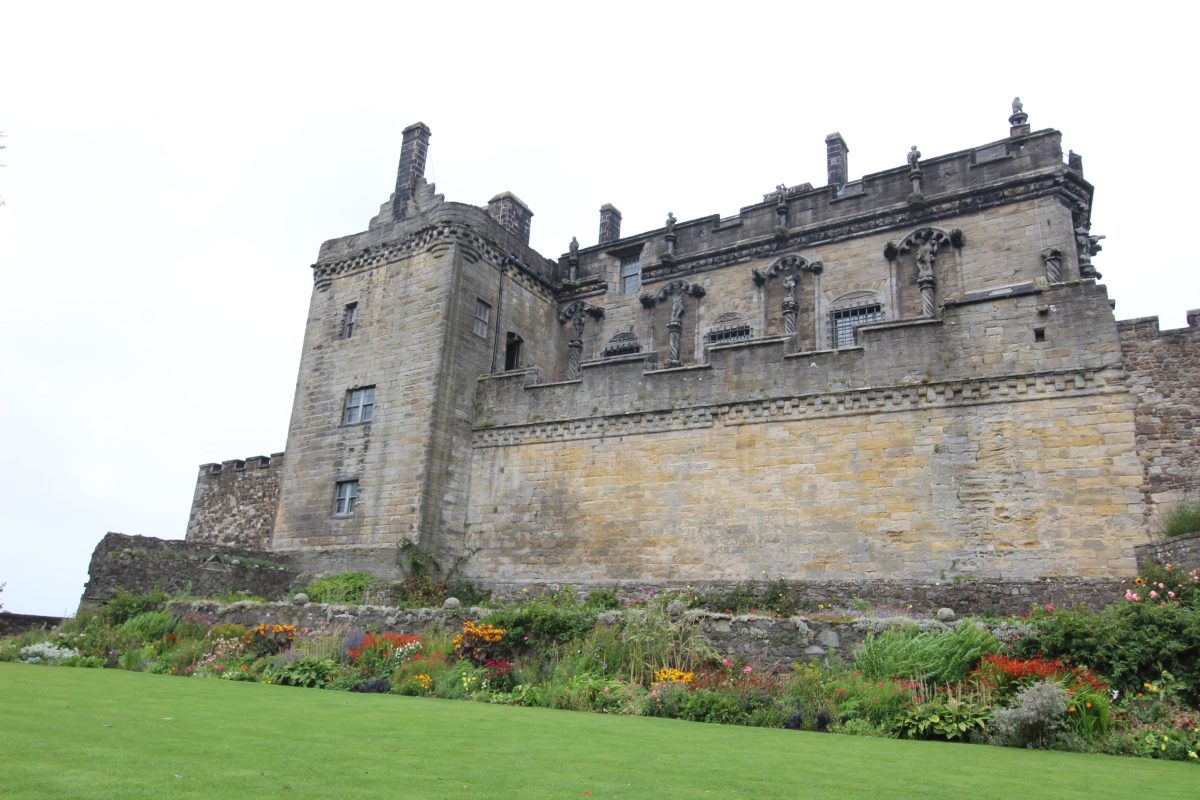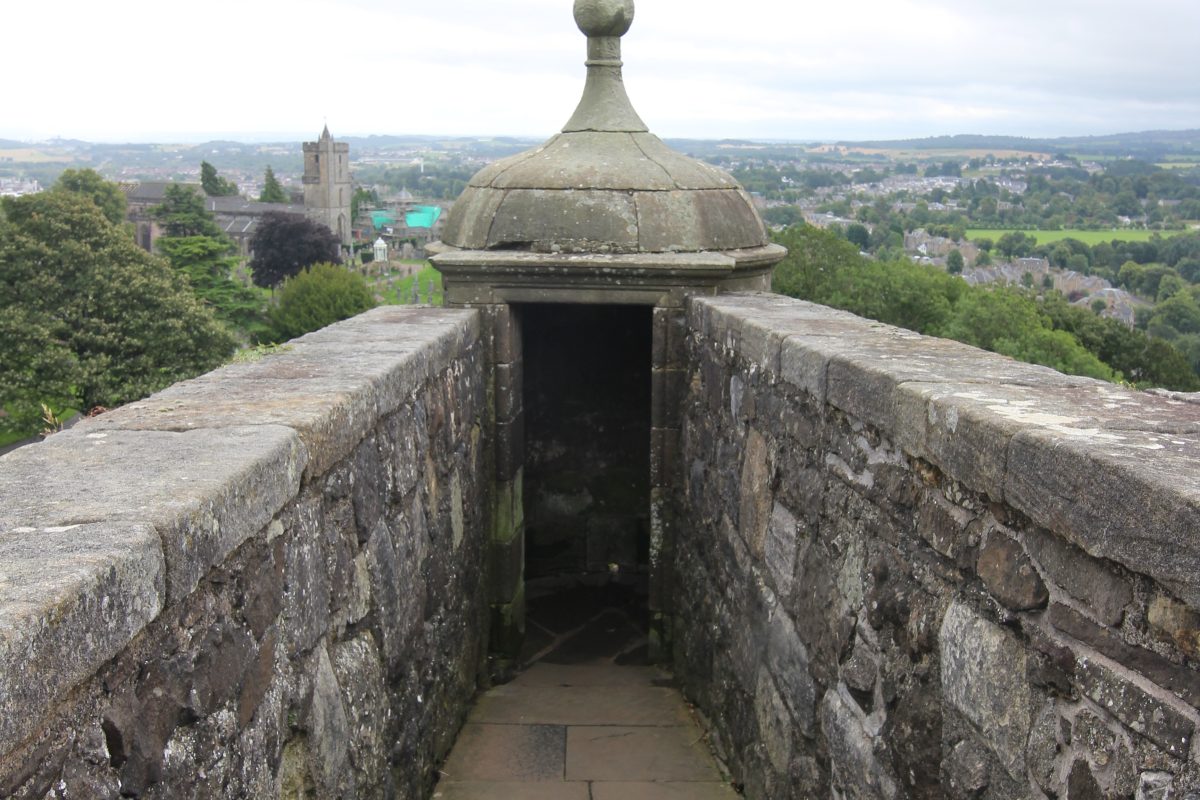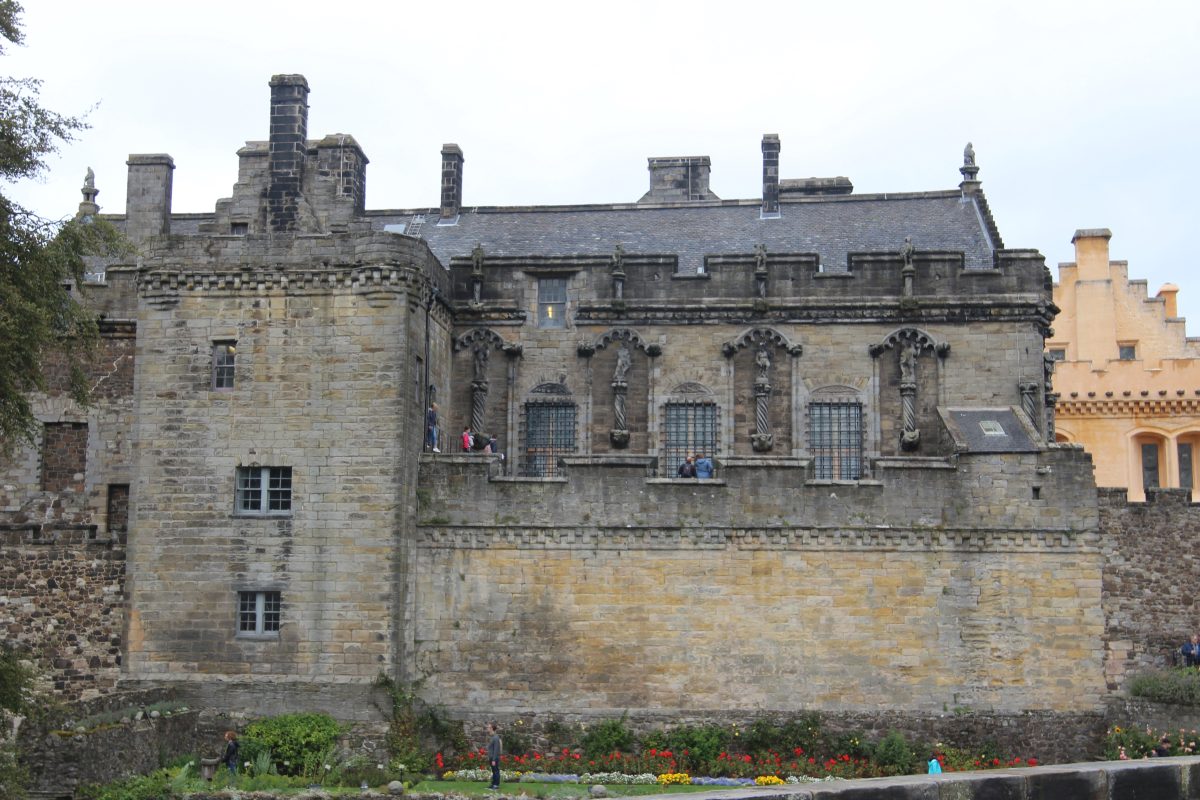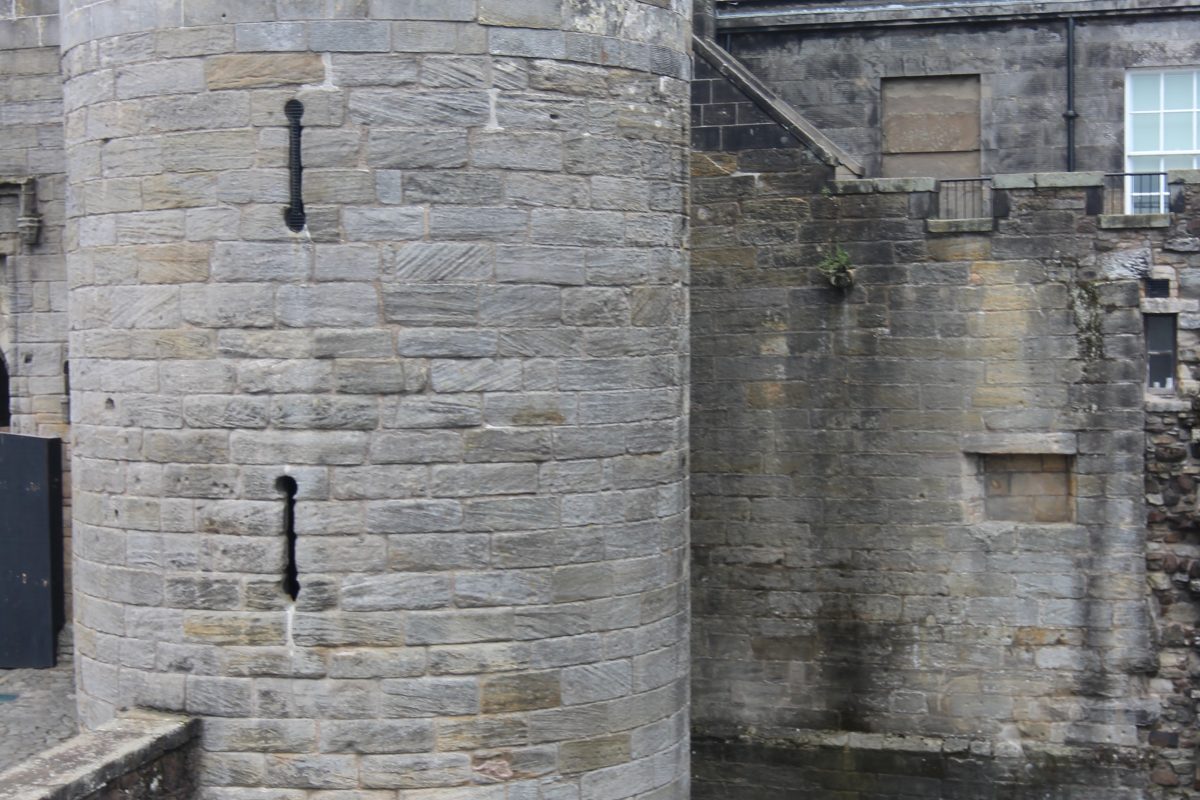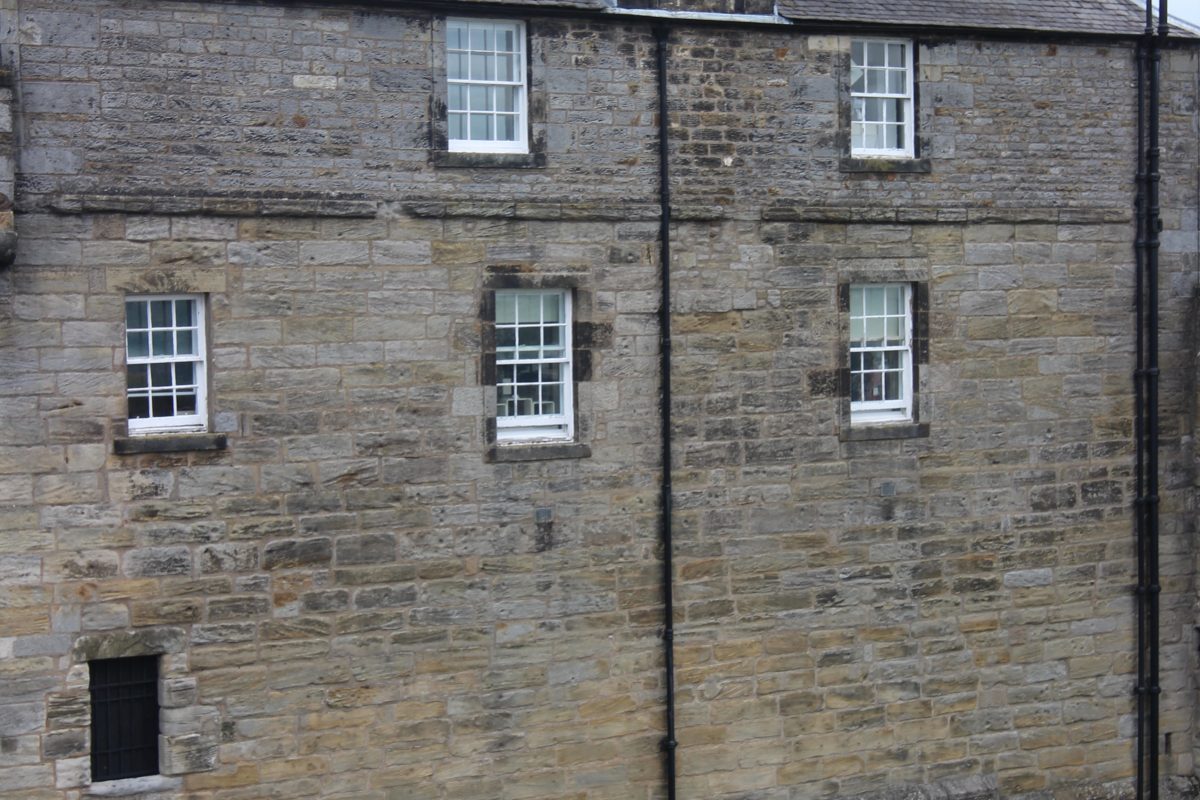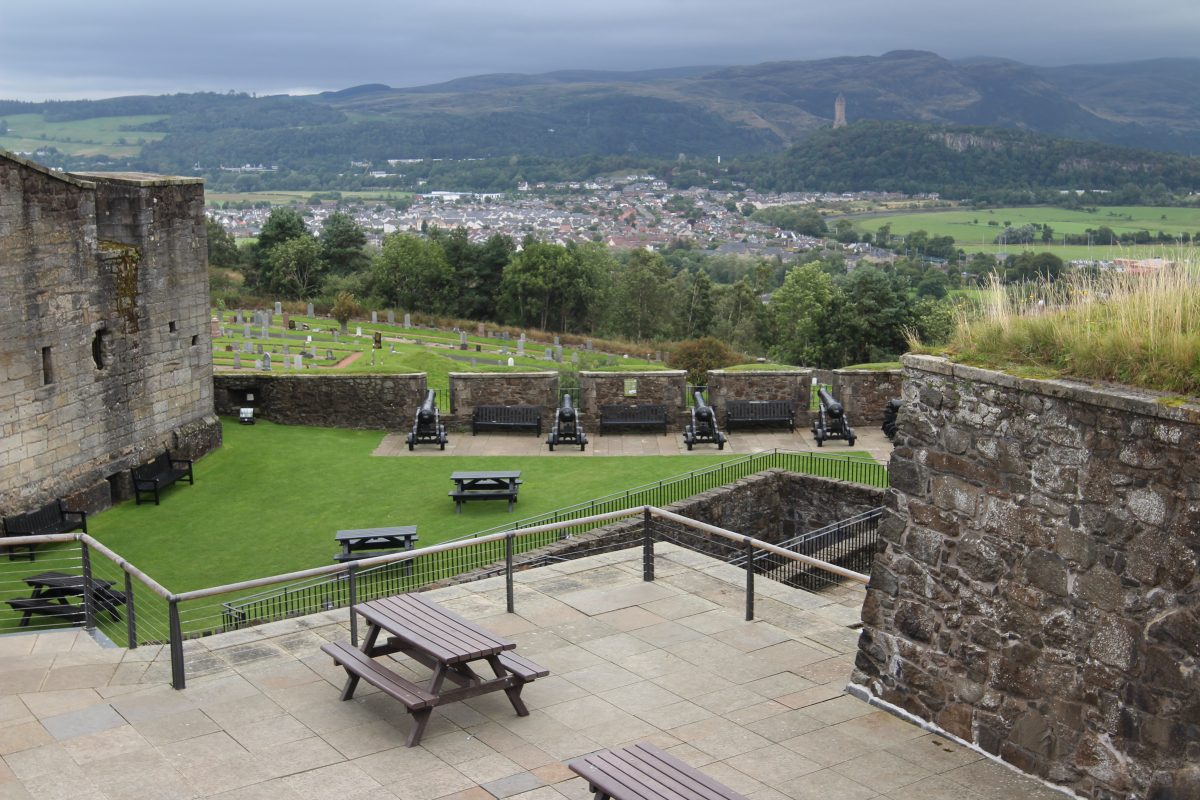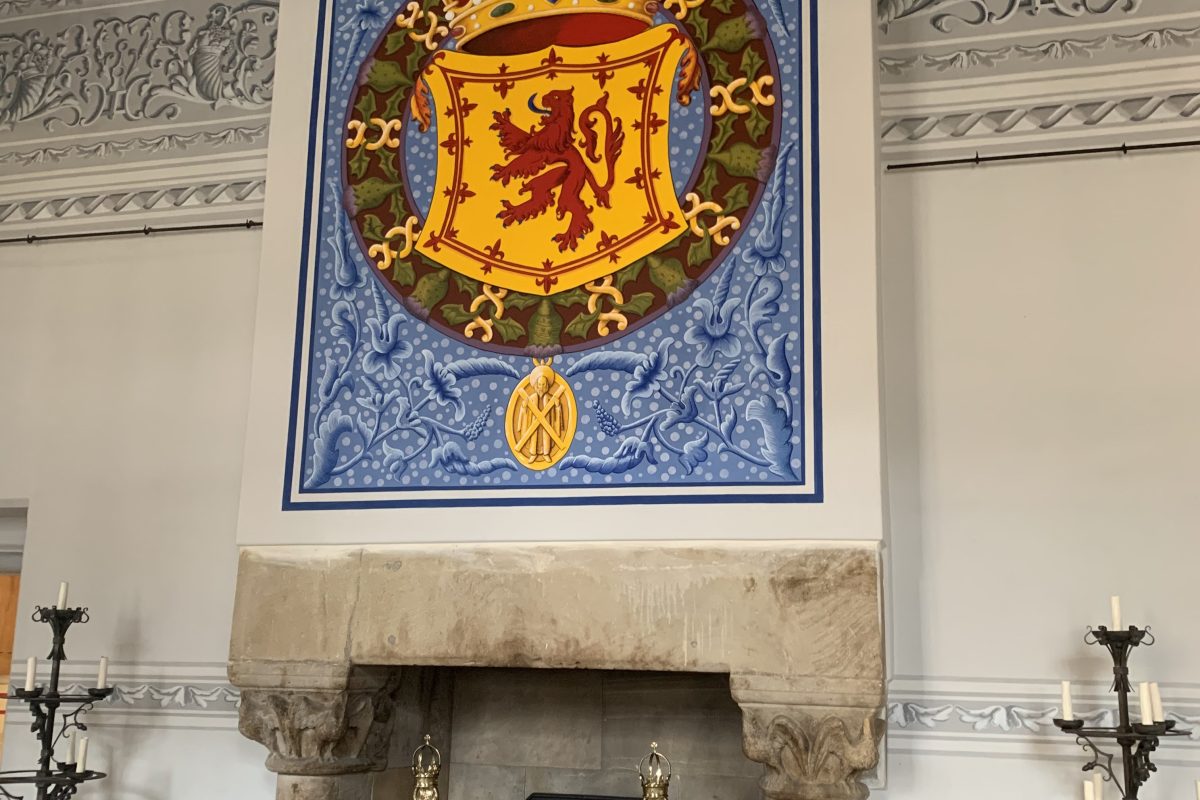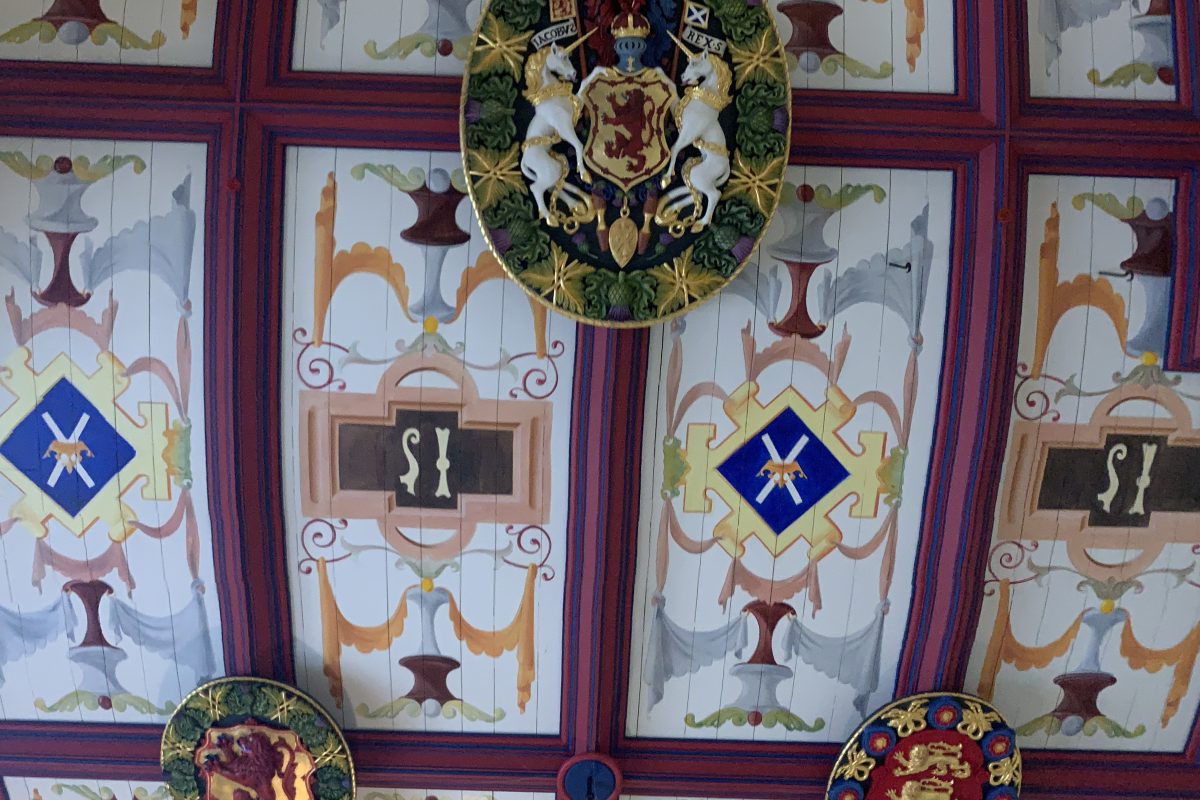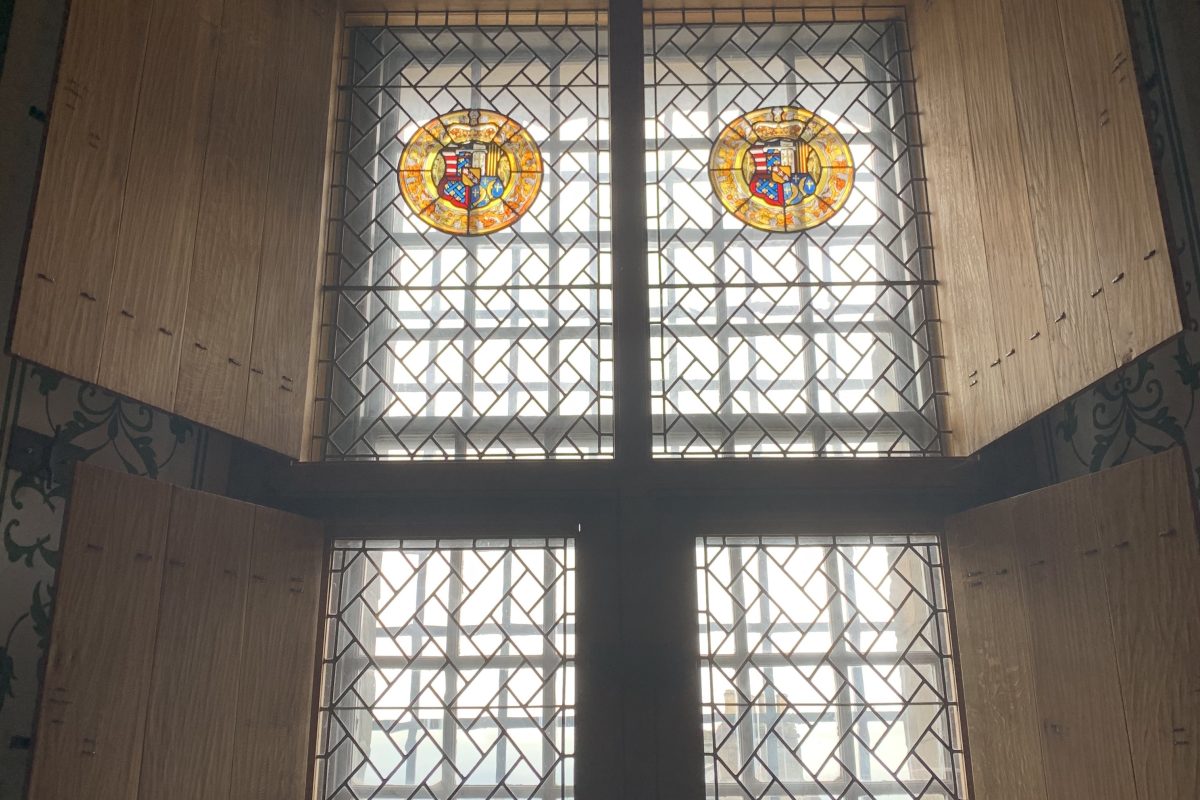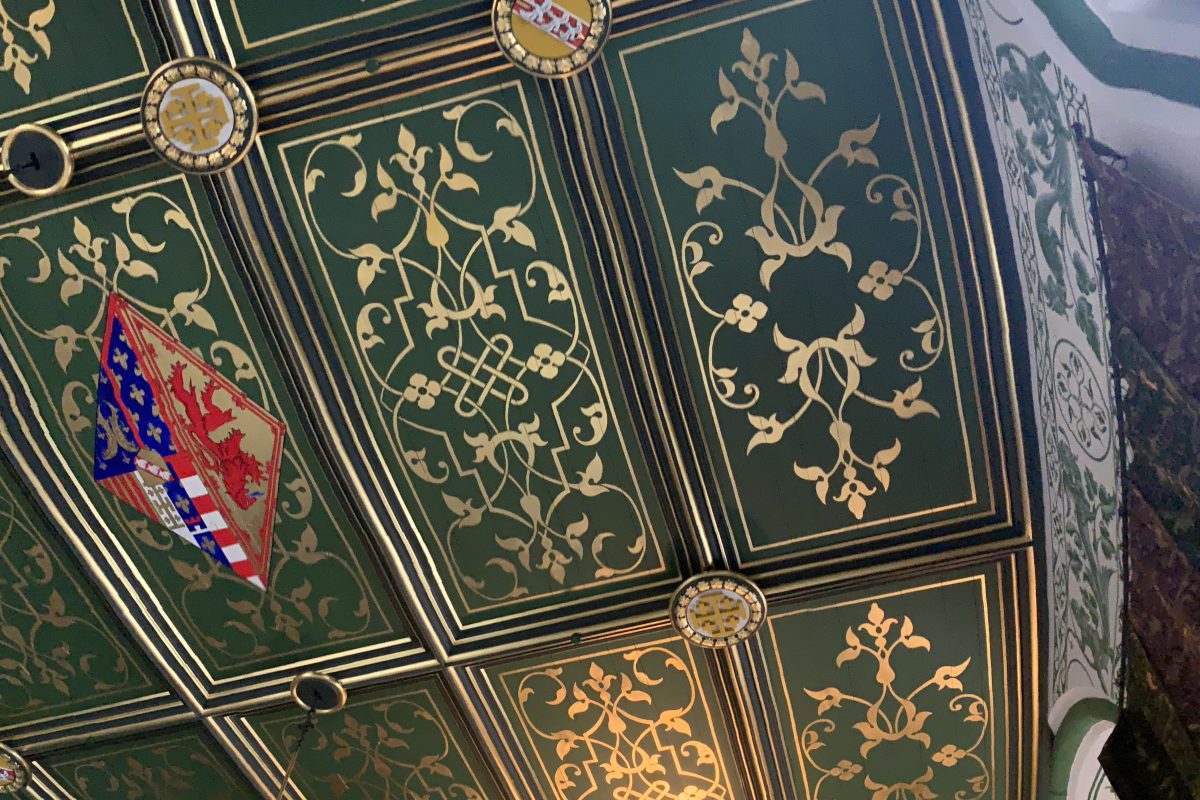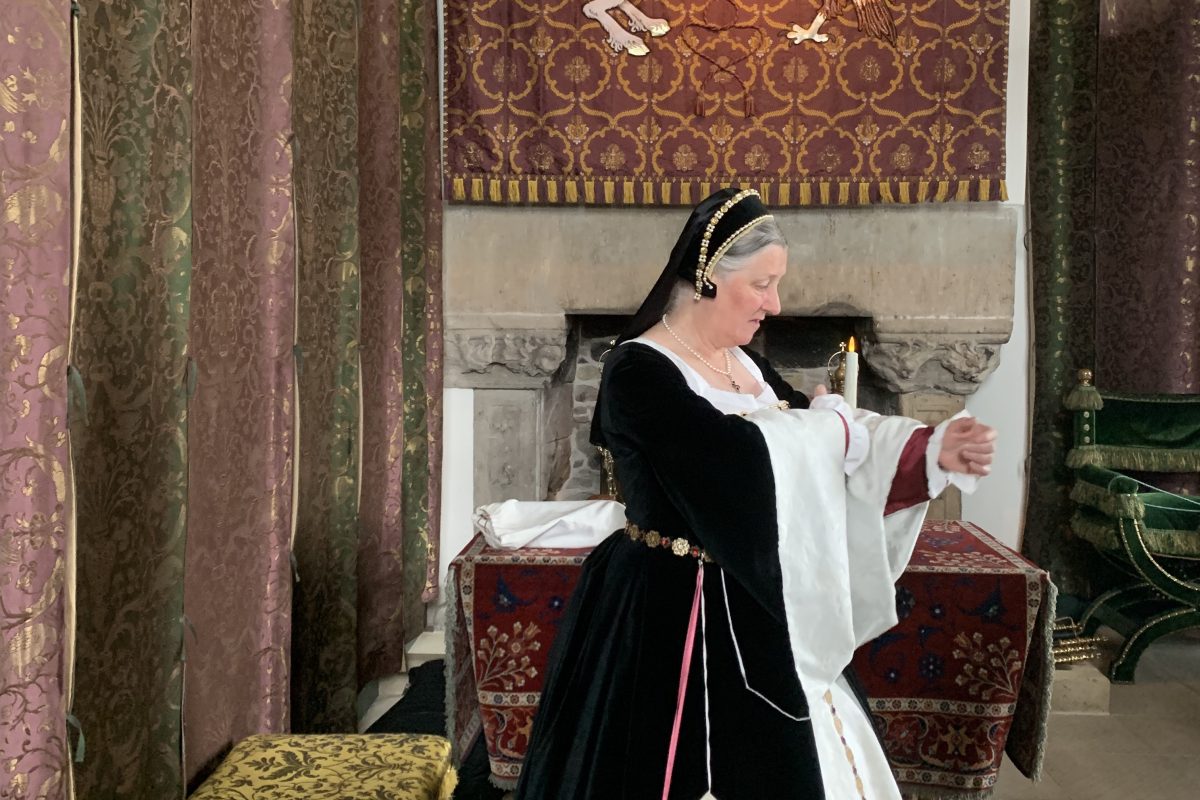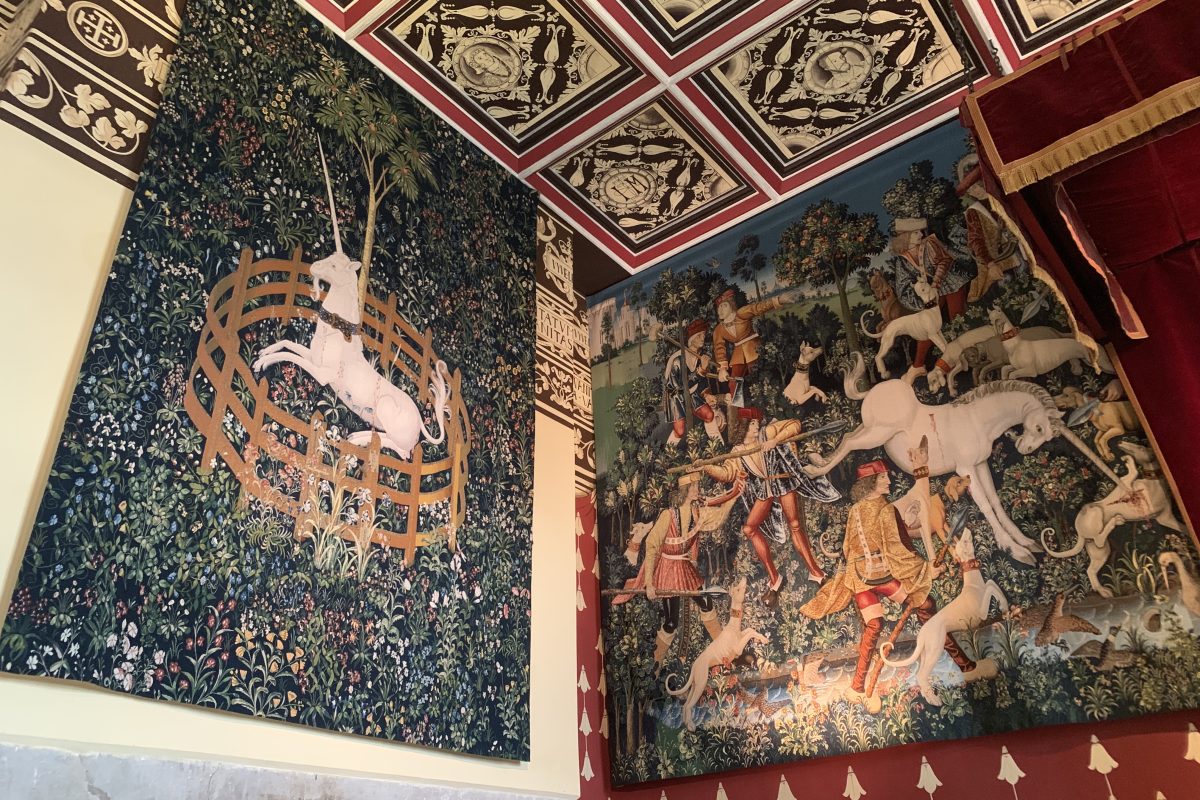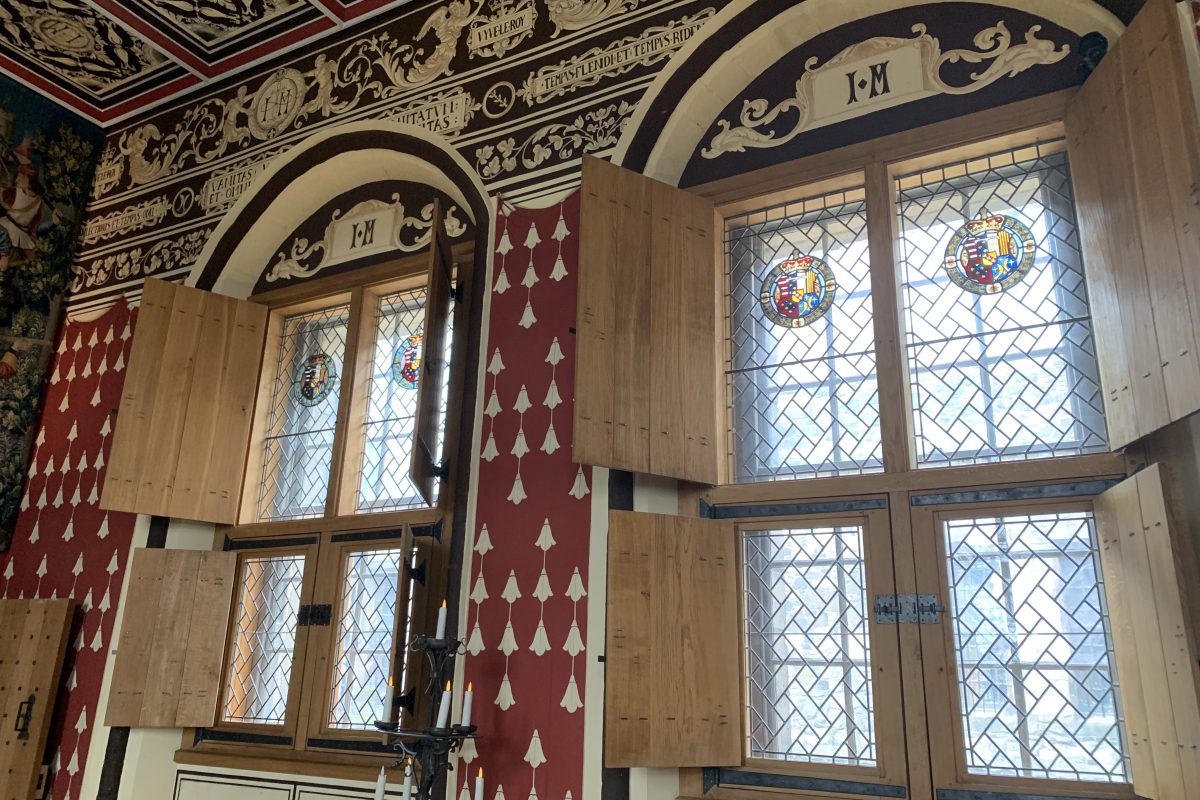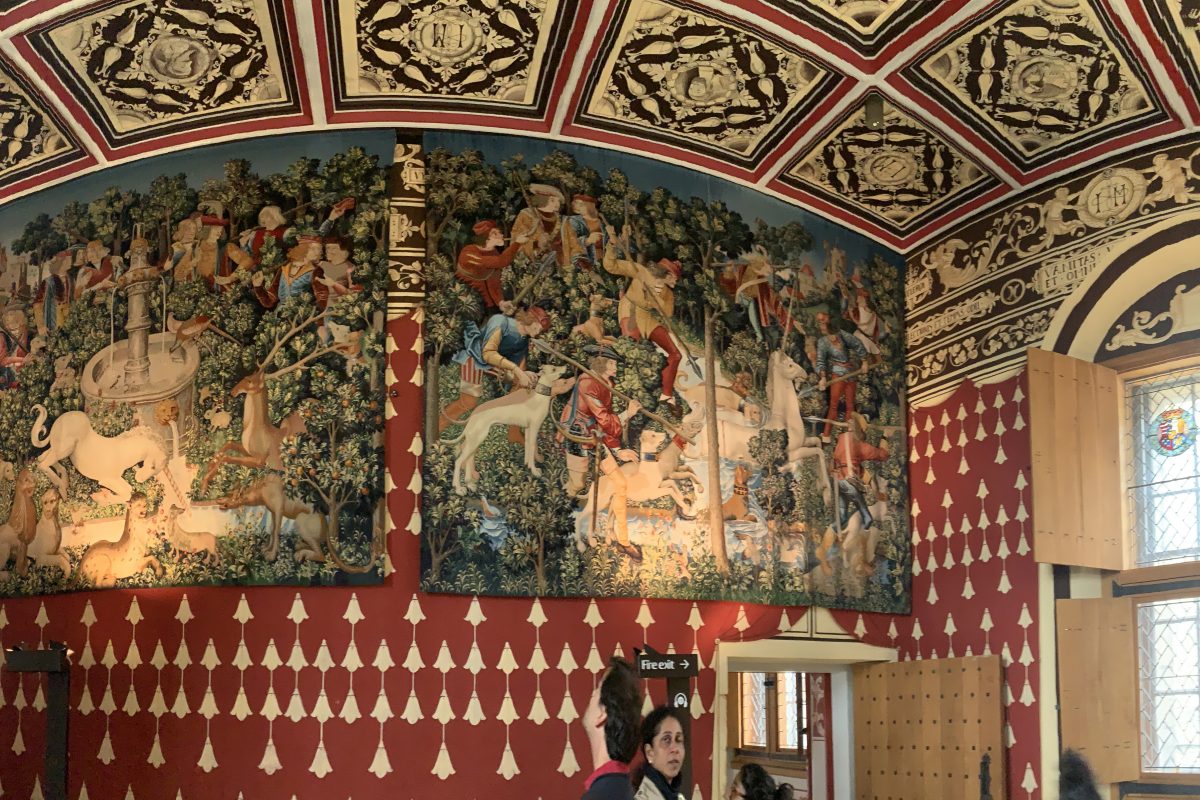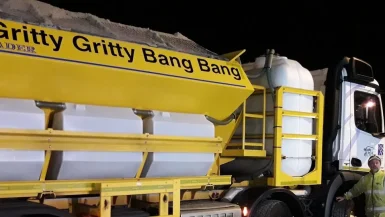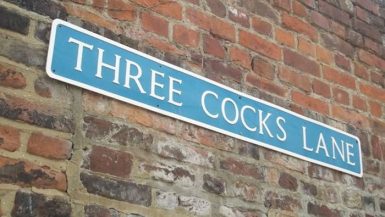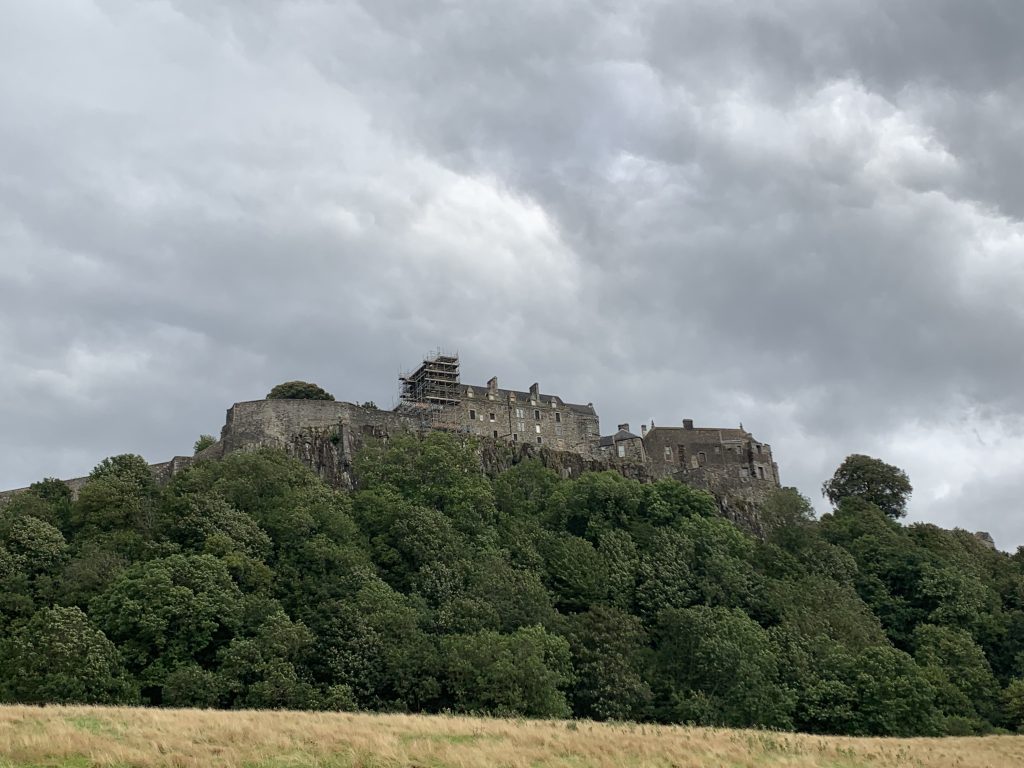
High above the winding River Forth, Stirling Castle rises from its volcanic perch like a sentinel of Scotland’s soul. Its walls, weathered by centuries of wind and war, have seen kings crowned, queens betrayed, armies clash, and clans pledge their loyalty—or their defiance. To walk through its gates is to step into the living heartbeat of Scottish history.
Stirling is not just a fortress. It is a stage where Scotland’s destiny was contested, where monarchs dreamed of grandeur, and where clans fought for honor. Its story is not a straight line but a tapestry woven with triumphs, tragedies, and legends.
The Castle on the Rock
Geography made Stirling destiny. The River Forth snakes across the land, marking the natural divide between Highlands and Lowlands. Whoever held Stirling held the key to Scotland. The castle’s position on a crag meant it was nearly impregnable, commanding views for miles.
For medieval rulers, Stirling was more than stone—it was power. Armies marching north or south had to pass beneath its gaze. Traders carrying goods from the Highlands to the Lowlands crossed the river here. Stirling was the choke point, the gateway, the fulcrum of Scotland’s fate.
The volcanic rock itself seems chosen by nature. Rising 250 feet above the plain, it offered natural defenses long before walls were built. From its ramparts, one can see the Ochil Hills to the east, the Trossachs to the west, and the rolling farmland stretching southward. It is a view that tells you why Stirling mattered: whoever controlled this vantage point controlled Scotland.
A Royal Stage
The earliest monarchs recognized Stirling’s strategic and spiritual importance. Alexander I consecrated a chapel here in 1110, while David I elevated Stirling to a Royal Burgh in 1124, ensuring its prosperity. These acts were not mere gestures—they cemented Stirling as a royal stronghold and a center of commerce.
Centuries later, James IV transformed Stirling into a palace of grandeur. His Great Hall, the largest medieval banqueting hall in Scotland, glittered with feasts, music, and diplomacy. Here, Scotland’s Renaissance blossomed, echoing the courts of Europe. Imagine the flicker of torchlight on golden walls, the sound of lutes and harps, the laughter of courtiers. James IV wanted Stirling to rival any palace in Europe, and for a time, it did.
James V expanded the palace with French-inspired architecture, bringing continental elegance to the rugged Scottish landscape. His palace remains one of the finest Renaissance buildings in Britain, adorned with carved figures and ornate ceilings. The “Stirling Heads,” carved wooden portraits of kings, queens, and mythological figures, once decorated the ceilings, a gallery of power and imagination.
Perhaps the most poignant royal connection is Mary, Queen of Scots. Crowned in the Chapel Royal as a child in 1543, she grew up within Stirling’s walls, her destiny already shadowed by political intrigue. Imagine her as a young girl, playing in the courtyards, unaware of the storms that would engulf her life. Stirling was her sanctuary, but also the stage for her coronation—a moment that bound her to Scotland’s fate.
In 1594, James VI orchestrated the baptism of his son, Prince Henry, in Stirling’s Chapel Royal. It was a moment of dynastic pride, signaling Scotland’s place in the European stage. The ceremony was lavish, attended by ambassadors from across Europe, a declaration that Scotland was no backwater but a kingdom of consequence.
Wars of Independence
Stirling Castle was not only a palace—it was a fortress.
- At the Battle of Stirling Bridge (1297), William Wallace and Andrew Moray led Scottish forces to victory against the English, proving that courage could topple might. The castle loomed nearby, a silent witness to freedom’s cry.
- At the Battle of Bannockburn (1314), Robert the Bruce’s triumph secured Scotland’s independence. Stirling Castle, besieged and contested, became the symbol of a nation’s resilience.
The castle’s walls bear scars of sieges, artillery, and betrayal. Yet they stand, defiant, as if reminding every visitor that Scotland’s independence was forged in blood and stone.
Clans and Kinship
Stirling was not only about monarchs—it was about clans.
- The Stewarts, as royal patrons, shaped Stirling into a palace of magnificence. Their legacy is carved into its very stones.
- The Douglases, fierce warriors and political players, often rivaled the crown itself, their influence echoing through Stirling’s defenses.
- The MacGregors, restless in the nearby hills, were entwined in Stirling’s turbulent politics, their fate often dictated by royal decree.
- The Campbells, ever-present in Scotland’s great struggles, left their mark on Stirling’s story through alliances and rivalries.
These clans remind us that Stirling was not just a royal residence—it was a nexus of loyalty, rebellion, and kinship.
The Castle’s Living Spaces
Walking through Stirling Castle today is like stepping into a time machine.
- The Great Hall, restored to its golden glory, resonates with echoes of feasts and parliaments.
- The Royal Palace, with its Renaissance carvings and painted ceilings, transports visitors to a world of elegance.
- The Chapel Royal, a place of coronations, baptisms, and solemn vows, embodies the spiritual heart of the castle.
- The Kitchens, once bustling with servants preparing lavish banquets, remind us of the unseen labor that sustained royal grandeur.
The Surrounding World
Beyond the castle walls lies a landscape steeped in history.
- King’s Park, once a royal hunting ground, symbolized leisure and authority.
- Stirling Old Town, with its cobbled streets and historic buildings, whispers of medieval merchants and townsfolk.
- The River Forth, the lowest crossing point, was vital for trade and military movement.
- The nearby battlefields of Stirling Bridge and Bannockburn remain sacred sites, echoing with the courage of Scotland’s warriors.
Legends and Lore
Stirling Castle is not only history—it is legend. Tales of ghostly apparitions, secret tunnels, and royal intrigue swirl around its walls. Visitors speak of spectral figures in the Great Hall, echoes of laughter in the palace, and whispers in the chapel. Whether fact or folklore, these stories remind us that Stirling is alive with memory.
The Enduring Spirit
Stirling Castle is more than stone and mortar. It is a stage where Scotland’s greatest dramas unfolded. Kings and queens ruled, clans fought and allied, battles raged, and legends were born. To walk its halls is to step into the footsteps of monarchs, warriors, and dreamers.
It is Scotland’s crown on the crag—a fortress, a palace, a symbol of resilience. Stirling Castle does not merely tell history; it embodies it.
